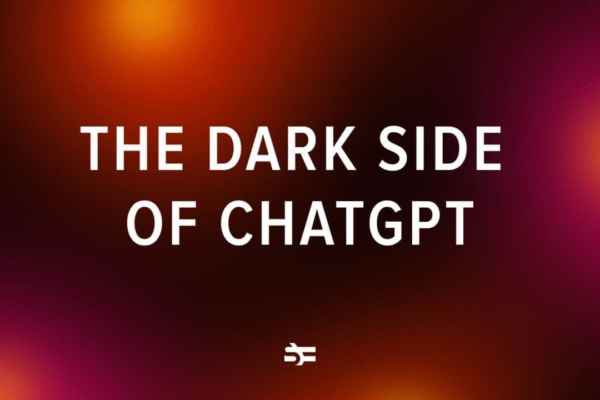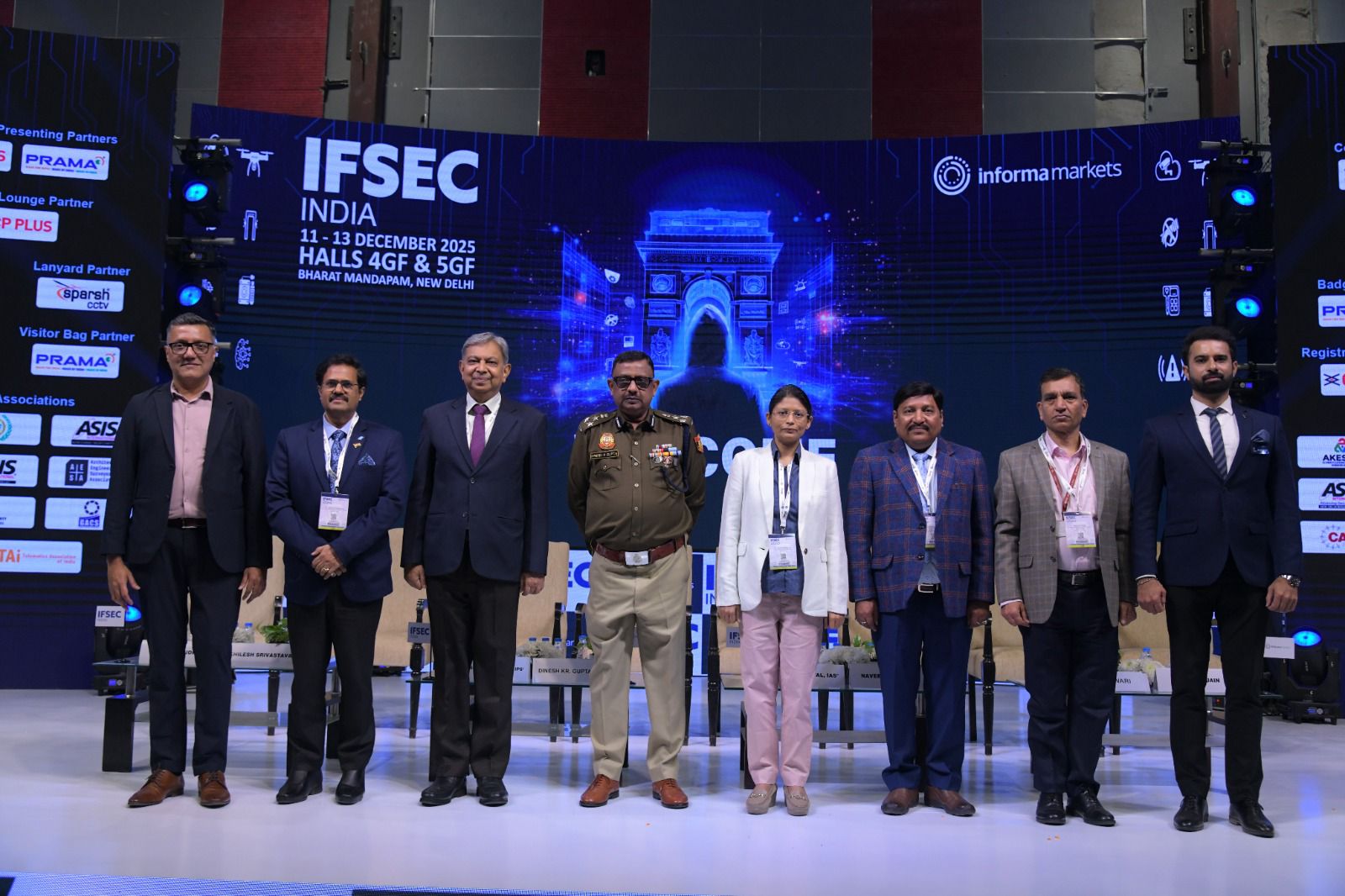

India UK Missile Deal: Why India Is Buying Martlets
India has signed a $468 million defence agreement with the United Kingdom to purchase Martlet lightweight multirole missiles. These British-made missiles will soon strengthen India’s naval helicopters and drones, especially in coastal combat scenarios. Officials see this as a vital step in bolstering India’s maritime security at a time of growing tensions in the Indo-Pacific region.
But while the government celebrates this move, critics are asking a familiar question: Why is India still importing missiles when it has been promoting defence self-reliance for over a decade? And is this deal truly in the country’s best long-term interest?
What Are Martlet Missiles and Why Did India Choose Them?
The Martlet—officially called the Lightweight Multirole Missile (LMM)—is a compact, laser-guided weapon designed by Thales UK. It weighs just 13 kilograms and can strike targets up to 8 kilometers away. These missiles are quick to launch and highly accurate, making them effective against drones, speedboats, and low-flying aircraft.
The Martlet has already been used by the British Royal Navy, including during operations in the Black Sea in 2021. It has proven its value in real-world combat conditions. That credibility matters to India, especially as it faces unpredictable threats in its maritime neighbourhood.
The Indian Navy plans to mount the Martlets on platforms like the HAL Dhruv helicopters and Sea King variants. There is also talk of future deployment on naval drones, adding another layer to India’s defence strategy at sea.
The deal helps India plug an urgent capability gap. Lightweight precision missiles are essential for modern naval operations. Developing such technology domestically would take years—time India may not have in a fast-changing strategic environment.
Is This a Good Initiative—or a Missed Opportunity?
From a short-term perspective, this is a strategically sound decision. India needs reliable, combat-ready systems now. Waiting for a fully indigenous alternative could leave the Navy exposed to evolving threats in the region.
But the move also highlights a long-standing challenge. Despite years of investment in missile programs like Astra, Helina, and Nag, India still lacks lightweight, multi-platform missile systems with proven field performance. The DRDOhas made strong progress, but its systems are still under development or limited in use.
This raises concerns. Why haven’t homegrown systems caught up yet? Experts point to several reasons—limited access to critical technologies like miniaturized seekers, lack of private-sector partnerships, and slow trial-to-deployment timelines. Even missiles labelled as “indigenous” often rely on imported components.
There’s also a diplomatic layer to this deal. Post-Brexit Britain is seeking new defence partners, and India wants to diversify beyond Russia and the US. This agreement strengthens bilateral ties and signals India’s growing importance in global defence geopolitics.
Still, many believe such deals must lead to technology transfer and local manufacturing. Otherwise, India risks staying dependent on foreign suppliers while talking about “Atmanirbhar Bharat.”
Buying Martlets gives India a fast, effective tool. But the real test is whether the country uses this window to build its own Martlet in the next five years.

NewsHasghag operates a 24/7 news bureau that tracks the real-time, social media-driven stories from India and around the world, keeping you ahead of the day’s key talking points. Our digital-first approach transforms storytelling through the seamless integration of data, interactive charts, video, and audio into every narrative.









